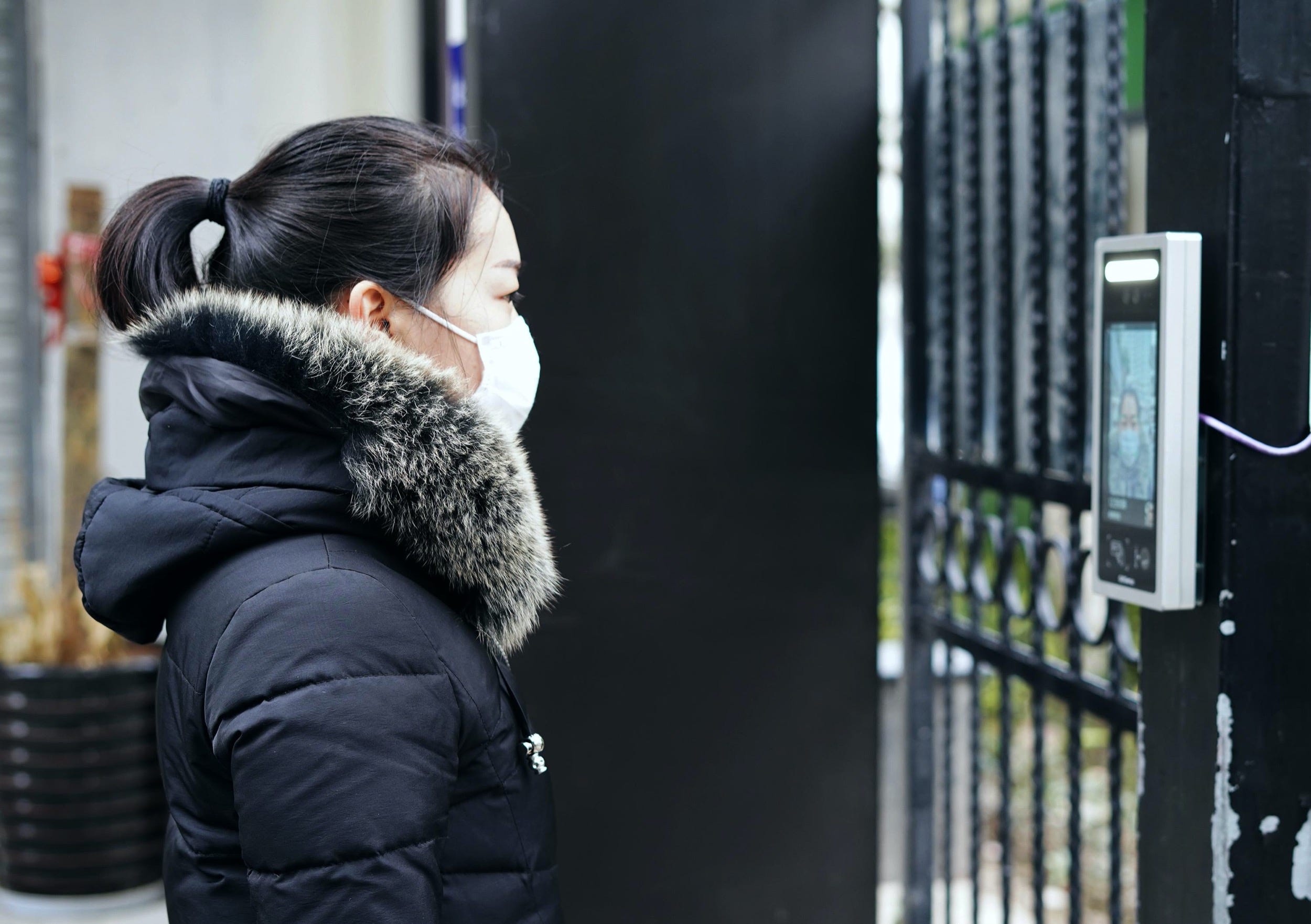
Cai Zixin/Getty Images
- The US Department of Homeland Security tested facial-recognition technology that it said can accurately identify masked airline passengers 96% of the time.
- Pre-pandemic facial-recognition algorithms had lower rates of identifying people wearing face masks.
- Efforts to improve facial-recognition technology have increased in order to to protect travelers from having to remove their masks in public.
- Facial-recognition technology came under scrutiny over the summer as protesters and tech companies called out the racial bias in many of the algorithms.
- Visit Business Insider’s homepage for more stories.
New facial-recognition algorithms can now identify airline passengers wearing face masks a majority of the time, the US Department of Homeland Security said in a statement.
At best, the new algorithms identified 96% of masked passengers, compared to almost 100% of unmasked passengers, according to results from the 2020 Biometric Rally, hosted at a DHS-affiliated testing laboratory. For people wearing face masks, the median accuracy was 77%, compared to a median 93% for unmasked participants. The worst rate was 4% for masked passengers and 11% for unmasked, the data shows.
Based on the results, organizations that need to use facial recognition technology could allow people to keep their masks on, according to Arun Vemury, the director of the DHS Science and Technology Directorate’s Biometric and Identity Technology Center.
“It may reduce risks for many travelers, as well as the frontline staff working in airports, who no longer have to ask all travelers to remove masks,” Vemury said in the press release. The data from the 2020 Biometric Rally was preliminary, and more will be released in the future, according to the website.
DHS did not immediately respond to Insider’s request for comment.
DHS is required by law to develop an automated biometric system, meaning one that uses a person's physical characteristics such as facial pattern or fingerprint, to identify foreign nationals entering and exiting the country.
Before the pandemic, the best biometric algorithm had a 5% failure rate for those wearing face masks, with most "pre-COVID-19 algorithms" failing to identify between 20% and 50% of images, according to a July report from the National Institute of Standards and Technology. By November, the institute showed a vast improvement in accuracy since the pandemic began.
"A number of algorithms submitted since mid-March 2020 show notable reductions in error rates with face masks over their pre-pandemic predecessors," with some reducing inaccuracy by a factor of 10, the updated report said.
Other biometric identifiers wouldn't work as well in the Covid-19 era, according to Rank One Computing, a biometric algorithm firm. Finger printing, for example, creates an opportunity for disease transmission, the firm said, and iris recognition technology is difficult to acquire in mass.
Facial recognition technology has come under scrutiny in the past for privacy-related issues. Most recently, Black Lives Matter activists have fought against the technology's tendencies toward racial bias. And some tech companies have ruled out selling the technology to police departments.
In December, a Black man sued a New Jersey police department for falsely identifying him as a suspect in a shoplifting incident. Last June, a Black man in Detroit was detained for 30 hours after being misidentified by facial-recognition software.
A 2019 report from the NIST showed higher rates of false positives for Asian, African American, and Indigenous faces relative to images of white faces. Several states and cities have set restrictions on the use of facial-recognition technology by police, including Massachusetts, California, New Hampshire and Portland, Oregon, but regulations across the country vary.
